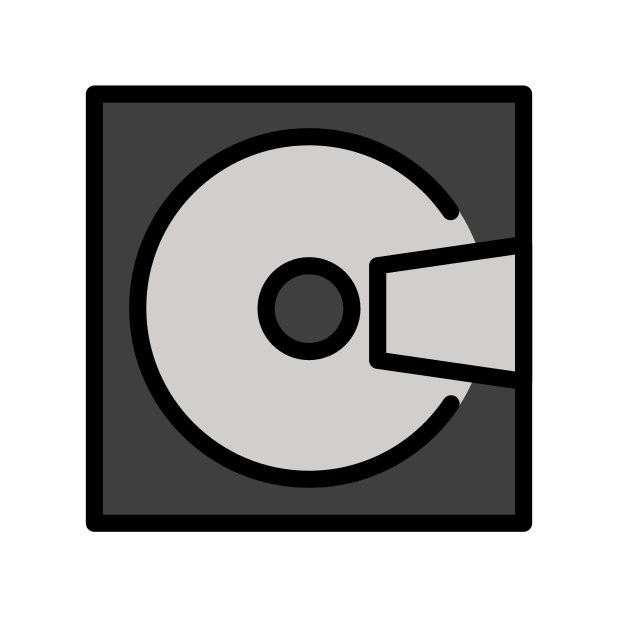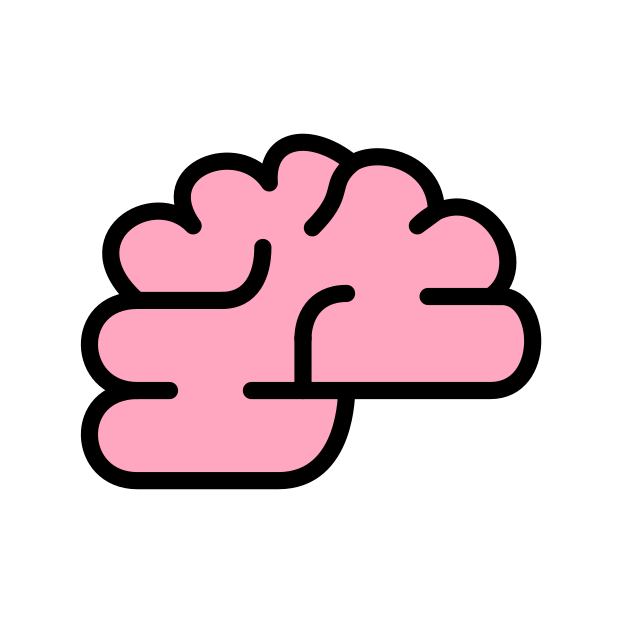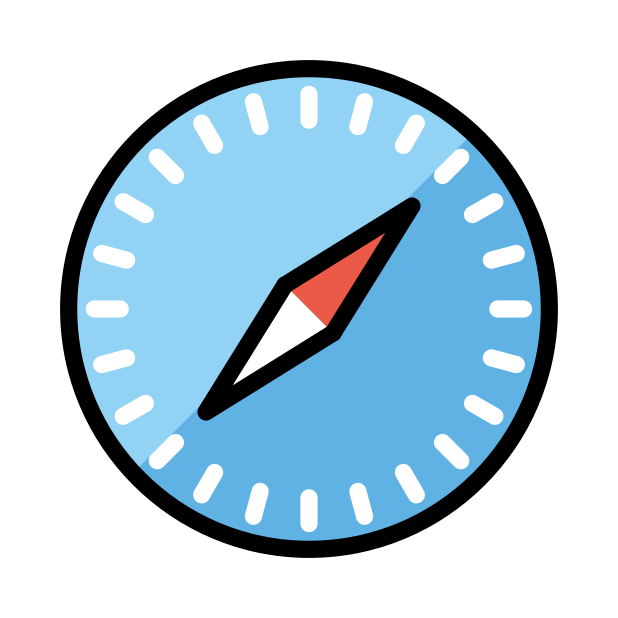Airtable toolkit
The Airtable Toolkit is an automation tool that simplifies interactions with Airtable by providing functionalities to list or create records within a database table.
Overview
Created by Jacky Koh, the Airtable Toolkit is a public utility designed to streamline the process of managing records in Airtable, a versatile cloud-based platform that combines the simplicity of a spreadsheet with the complexity of a database. The toolkit is equipped to handle two primary tasks: listing existing records from a specified table and creating new records within that table. It requires users to input their unique Airtable API token, base ID, and table ID to authenticate and direct the operations. When creating records, users must also provide an array of objects that represent the new data to be added, ensuring a tailored and efficient data entry process.
Use cases
The toolkit can be used in various scenarios, such as syncing data from external sources into Airtable, managing event registrations, inventory tracking, and customer relationship management. It's particularly useful for businesses that require regular updates to their databases or need to migrate data from one system to another without manual input. Marketing teams can use it to maintain up-to-date contact lists, while project managers might find it helpful for tracking tasks and deliverables across multiple projects.
Benefits
The Airtable Toolkit offers several benefits, including automation of repetitive tasks, time-saving through bulk record creation, and error reduction by providing a structured approach to data management. It enhances productivity by allowing users to focus on more strategic tasks while it handles the intricacies of interacting with the Airtable API. Additionally, the toolkit's ability to map outputs to named states facilitates seamless integration into larger workflows, making it a valuable asset for data-driven operations.
How it works
The toolkit operates by making API calls to Airtable's endpoints. When tasked with listing records, it reaches out to the GET endpoint, fetching a detailed list of entries from the user's specified table. Conversely, when the task is to create records, it utilizes the POST endpoint, pushing a new array of record objects to the table. The toolkit's design includes state mapping for output referencing and defines transformations that detail the necessary API endpoint, HTTP method, and headers for each task, including the request body for record creation.
Featured Templates
Templates




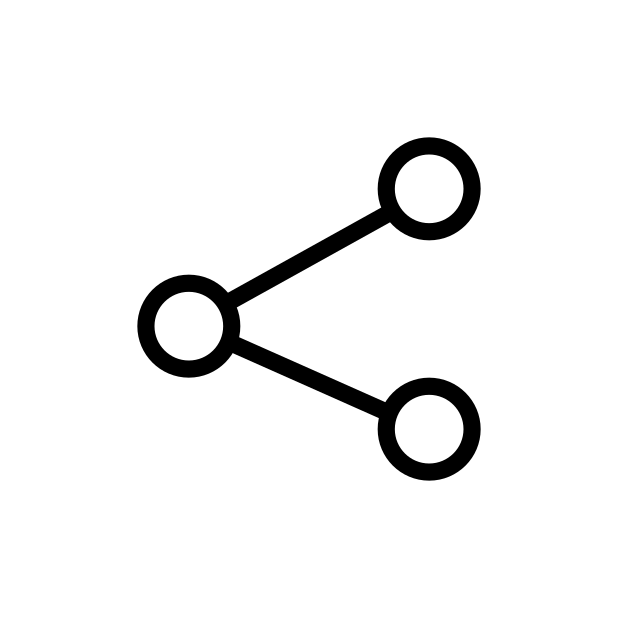







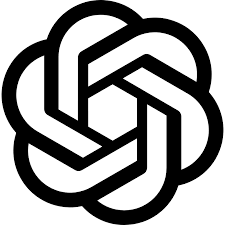





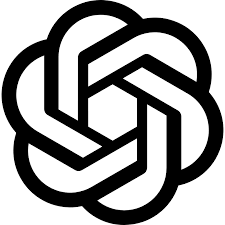


.png/948eba05-ea43-4392-b274-d1e9b2d7474a.png)
